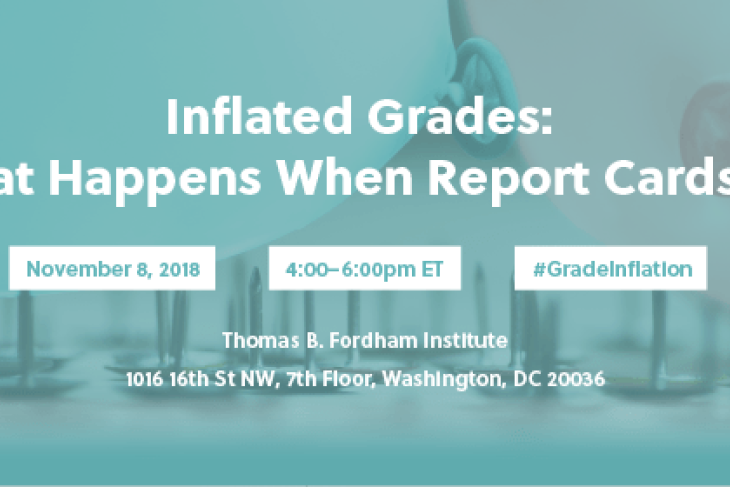According to National Assessment of Educational Progress results, only about a third of U.S. high-school seniors are academically prepared for postsecondary education. Yet we know from parent surveys that ninety percent of parents believe their children are performing at grade level. In Washington D.C., recent scandals revealed that teachers felt pressured to give passing grades to failing students to boost graduation rates, while research released last summer shows that schools in more affluent communities have seen gaps between GPAs and test scores grow more than have other schools. All of which seems to suggest that grades are unreliable signals of academic success and college readiness.
If report cards overstate student learning, they can trigger a vicious cycle of underachievement, promoting ill-prepared students and forestalling needed interventions that could get them back on track. Whether it means conferring a gentlemen’s C to a failing student or bumping a B to an A for an above-average one, inflated grades give parents, students, and colleges false information about content mastery, potentially pushing graduates to choose postsecondary options they are not prepared for and colleges to make admission decisions based on data that favor students from particular schools.
How widespread is this problem? To what extent are teacher-conferred grades misrepresenting actual student learning—and does this happen more in certain types of schools? Are inflated grades opening doors for students, or setting graduates up for failure? What pressures and incentives are behind grade inflation—and what can, or should, be done to reverse them?
Join the Thomas B. Fordham Institute on November 8, as we present the findings of Fordham’s latest study, Grade Inflation in North Carolina’s High Schools, and a panel of experts discusses the causes and consequences of inflated grades and possible policy solutions.
You can also follow the conversation on Twitter with @educationgadfly and #gradeinflation.




